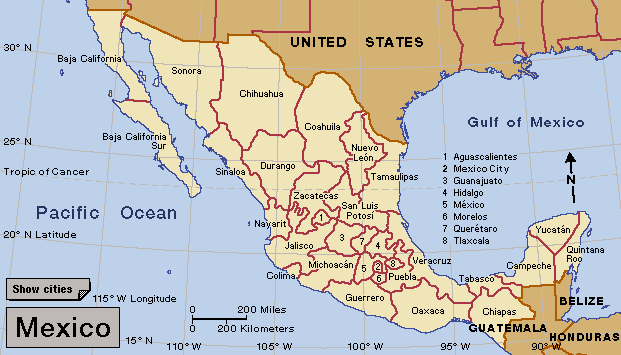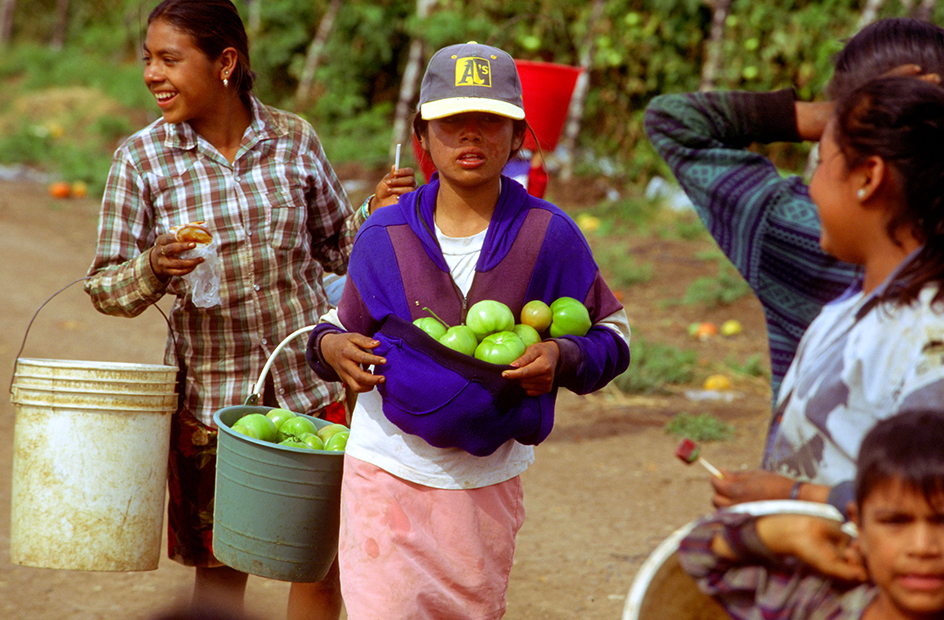Sinaloa << see nuh LOH uh >> is a state in northwestern Mexico. It borders the Pacific Ocean and the Gulf of California (also known as the Sea of Cortés) to the west. Sinaloa has an area of 22,521 square miles (58,328 square kilometers). At the time of the 2020 census, Sinaloa’s population was 3,026,943. Sinaloa lies on the western slope of the Sierra Madre Occidental, a mountain range that extends from north to south in western Mexico. Coastal Sinaloa has a wet tropical climate, while the higher eastern part of the state has a more temperate (moderate) climate. The capital is Culiacan.

Sinaloa has long been known as one of Mexico’s breadbaskets—that is, a chief source of grain. Farmers in the state cultivate corn and wheat. Other agricultural products include fruits and vegetables, soybeans, sugar cane, and tobacco. Farmers also raise livestock. However, many rural Sinaloans are poor. Fish and shrimp are plentiful in Sinaloa’s coastal waters. Other products of the state include furniture, leather, refined sugar, and textiles. Sinaloa also produces large amounts of the illegal drugs heroin and marijuana. Mazatlan, in southern Sinaloa, is one of Mexico’s most popular beach resorts.

Before Spain colonized what is now Sinaloa in the 1500’s, the region was home to a number of Indigenous (Native American) peoples, including the Acaxee and the Cahita. The Spaniards founded Culiacán in 1531 and used it as a base from which to conquer northwestern Mexico. From 1824 to 1830, Sinaloa was part of the state of Sonora y Sinaloa. In 1830, Sonora y Sinaloa split to form the separate states of Sonora and Sinaloa. During the Mexican Revolution of 1910, a number of significant peasant uprisings took place in Sinaloa.
